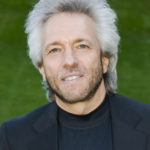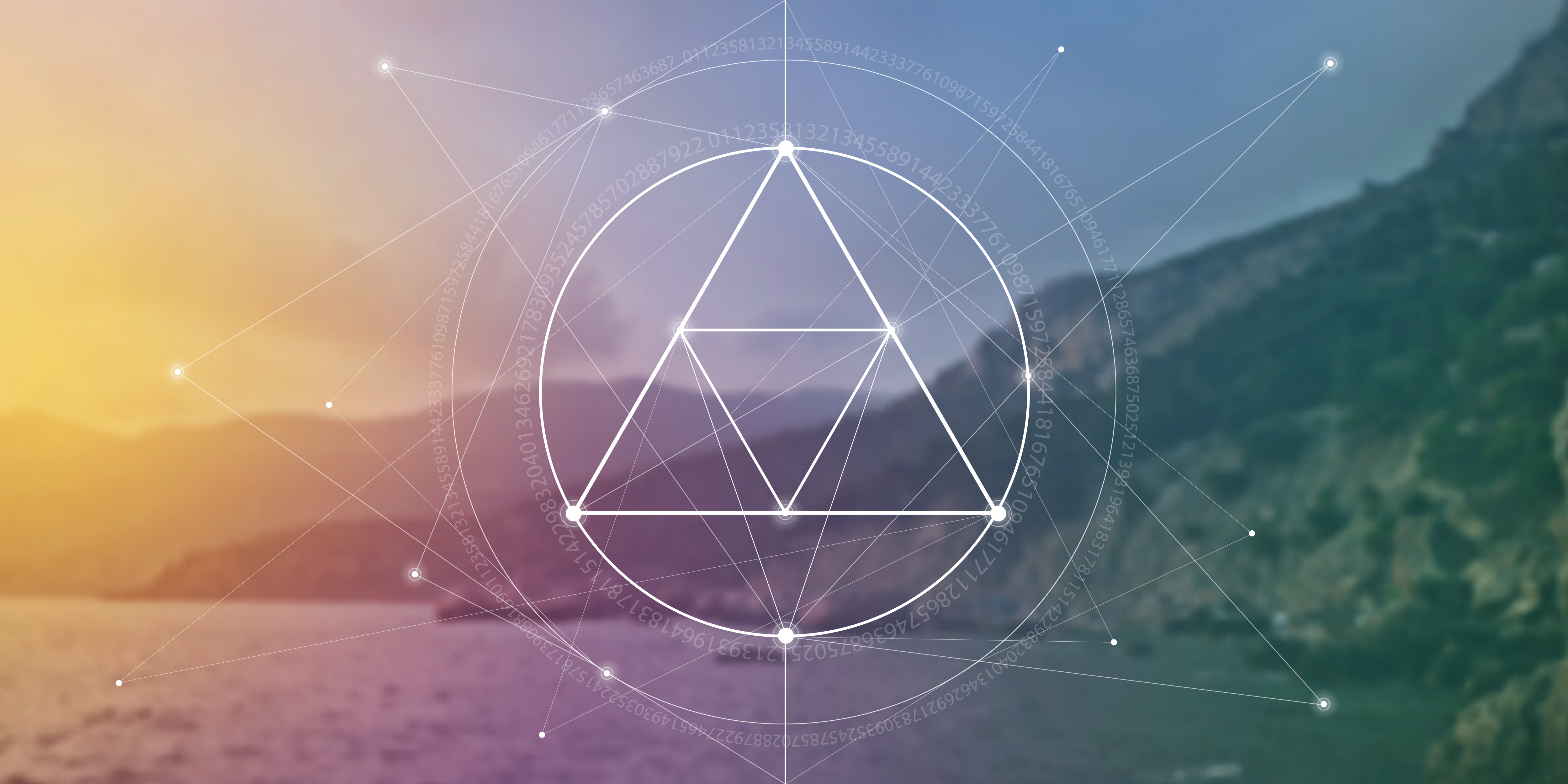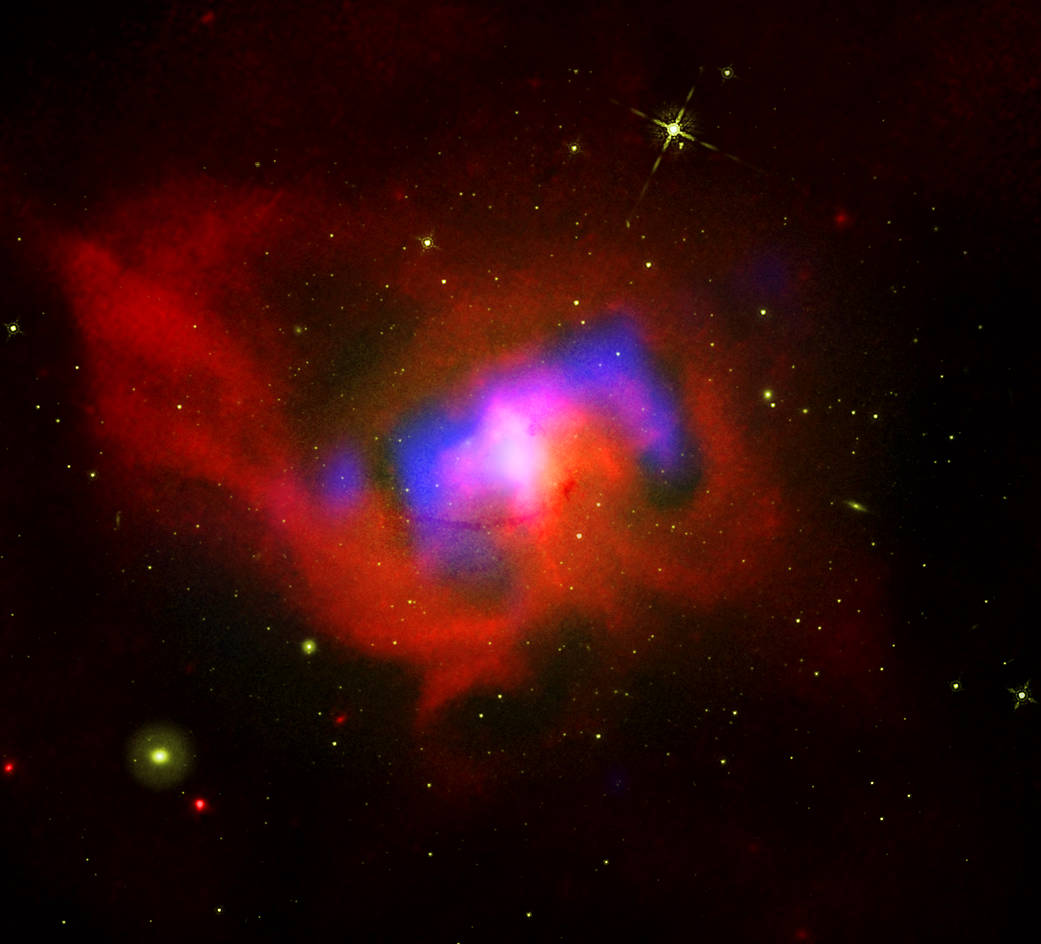Today’s Star Letter is from Gregg Braden.
***
While we speak to the Divine Matrix through the language of feeling and belief, previous chapters also describe how the Matrix answers us through the events of our lives. In this dialogue, our deepest beliefs become the blueprint for everything that we experience. From the peace in our world to the healing in our bodies, from all our relationships and romances to the careers we pursue, our conversation with the world is constant and never ending. Because it doesn’t stop, it’s impossible for us to ever be passive observers on the sidelines of life . . . if we’re conscious, by definition, we’re creating.
Sometimes the dialogue is subtle and sometimes not. Regardless of the degree of subtlety, however, life in a reflected universe promises that from our challenges to our joys, the world is nothing more—or less—than the Matrix mirroring our deepest and truest beliefs. And this includes our intimate relationships. Although they present honest reflections, sometimes the mirrors we see of ourselves in other people can be the most difficult ones to accept. They can also be the fast track to our greatest healing.
Our Reflected Reality
In 1998, I had an experience in Tibet that offers a powerful metaphor for how the quantum “conversation” works. On the way into the capital city of Lhasa, our tour group was driving around a bend in the road that led to a small lake at the base of a cliff. The air was absolutely still, allowing the water to hold a perfect reflection of everything in the area.
From our vantage point, I could see the massive image of a beautifully carved Buddha mirrored in the water. Apparently, it was somewhere in the cliff overlooking the lake, although at that moment I couldn’t see the carving itself—all I could see was the reflection. It was only when we came around the curve and the road leveled out that I saw with my eyes what I’d imagined was the source of the reflection. And there it was: Sculpted in high relief, the Buddha towered above the lake, liberated from the living rock as a silent witness to all who passed.
In that moment, the image in the lake became a metaphor for the visible world. As we were coming around the bend and I saw the Buddha in the water, the reflection was the only way I knew that a statue existed. Although I suspected that it was mirroring something physical, from my perspective, I simply couldn’t see the object. In a similar way, the everyday world is said to be the reflection of a deeper reality carved into the fabric of the universe—a reality that we simply can’t see from our place within it.
Both ancient tradition and modern science suggest that what we see as the visible relationships of “life” are nothing more and nothing less than the reflection of things that are happening in another realm, a place that we can’t perceive from our vantage point in the universe. And just as surely as I knew that the image in the water mirrored something that was real and solid, we can be sure that our lives are informing us about events occurring in another realm of existence. Just because we can’t observe these events doesn’t mean they aren’t real. Ancient traditions suggest, in fact, that the unseen world is
Ancient traditions suggest, in fact, that the unseen world is more real than the visible one! As Bohm said in the Introduction, we simply can’t glimpse this “deeper reality” from where we are in space-time.
While we may not be able to see directly into this invisible realm, we do have some indication of what’s happening there because we see its reflection in our everyday lives. From this perspective, our daily experiences serve as messages from these deeper realities—communication from within the Divine Matrix itself. And just as we must understand the words of any language to know its content, we must recognize the language of the Divine Matrix so that we can benefit from what it’s telling us.
Sometimes the messages that come through are direct and can’t be mistaken, while at other times, they’re so subtle that we miss them altogether. Often, however, we may think that we’re being shown one thing when, in fact, the messages are telling us something very different.
Things Aren’t Always What They Seem
In this dialogue, the Yaqui Indian sorcerer Don Juan teaches his student Carlos Castenada about the subtle realities of the invisible world. In his book Journey to Ixtlan, Castenada, an anthropologist documenting the ways of the ancient shaman, learned very quickly that he couldn’t trust the filters of his perceptions as he’d been conditioned to do in the past. The world, he found out, is alive on levels that are both seen and unseen.
For instance, Castenada had always been taught that when the bushes move beside you and you feel cool air brushing against your cheek, it’s the wind that’s moving. In the example above, Castenada’s teacher reminds him that it only seems like the wind because that’s what he knows. In reality, it could be the wind, or the feeling of a breeze against his face and flowing through his hair may be the energy of a spirit making itself known. Castenada rapidly discovered that such an experience would never be “just the wind” again.
Through our filters of perception, we do our best to fit our romances, friendships, finances, and health into the framework that past experiences have established. Although these boundaries may work, how well do they really serve us? How many times have we responded to life in a way that we learned from someone else, rather than based on what our own experiences have taught us? How often have we prevented ourselves from having greater abundance, deeper relationships, or more fulfilling jobs because an opportunity that crossed our path looked like a similar one from our past and we bolted in the opposite direction?
We’re Tuned to Our World
Within the context of the Divine Matrix, we’re part of each blade of grass, as well as every rock in every stream and river. We’re part of each drop of rain and even the cool air that brushes against our faces when we walk out of our homes first thing in the morning.
If our link to everything in our world runs so deep, then it makes sense that we should see evidence of that connection in our lives every single day. Maybe we do in fact see precisely such evidence—and maybe we see it every day, only in ways that we may not always recognize or even notice.
We all know that the longer we’re in the presence of the people, places, and things that surround us, the more we feel comfortable with them. For most of us, walking into the living room of our house, for example, certainly feels better than entering the “living room” of a hotel in another city. Even though the hotel may be newer and have all the latest fabrics, carpet, and upholstery, it just doesn’t feel like “home.” When we do experience something that way, our comfort comes from a fine-tuning of the subtle energy that brings us into balance with our world—we call that equilibrium resonance.
To some degree, we’re in resonance with everything from our cars to our homes (and even the appliances that we rely on each day), which is why we affect other people, our surroundings, and our world simply by our presence.
It should come as no surprise, then, that when something changes within us or the things around us, those changes will show up in our lives . . . and they do.
Sometimes these shifts come in ways that are subtle. For example, I had an American-made car that had more than 300,000 miles on the original engine by the time I sold it in 1995. I’d always done my best to take care of my “old friend,” a reliable vehicle that looked like new and carried me safely from the mountains of Colorado to the hills of Napa, California, and back to the high desert of northern New Mexico.
While my car always started and ran perfectly for me, it never failed to “break down” whenever I loaned it to someone else. Invariably, a new noise would begin in the engine, a warning light would appear on the dashboard, or it would simply stop running when another person with a different touch took over as the driver. And just as certainly, when I would slip back into the driver’s seat and take it to the mechanic, the problem would just “heal itself,” mysteriously disappearing.
While the mechanic assured me that “these things happen all the time,” I’m sure that after a few such false alarms, he started to have second thoughts about me whenever he’d see my 300,000-mile Pontiac drive into his parking lot. While I can’t prove it scientifically, I’ve talked to enough other people to know that this isn’t an unusual experience. Things that are as familiar with us as we are with them simply seem to work better when they’re in our presence. Sometimes, though, our resonance with the world appears to us in a way that’s less subtle, with a message that’s harder to miss—such as in the following example.
In the spring of 1990, I had left my career in the defense industry in Denver and was living temporarily in San Francisco. During the daytime, I was developing seminars and writing my first book, while at night I was working as a counselor. Specifically, I was providing guidance in understanding the power of emotion in our lives and the role that it plays in our relationships. One of my first clients described a relationship that was a beautiful example of just how deep—and how literal—our resonance with the world can be.
She described the long-term relationship with the man in her life as the “never-ending date.” For more than ten years, they’d been together in a relationship that appeared hopelessly stuck. Their conversations about marriage always seemed to end in bitter disagreements, yet they didn’t do well apart from one another and wanted to share their lives together. One evening, my client described an experience of resonance that was so clear and powerful that it leaves little doubt that such a connection with our world exists.
“Tell me about your life this past week,” I said to her. “How are things at home?”
“Oh, you wouldn’t believe the things that have happened,” she began. “What a bizarre week! First, while my boyfriend and I were watching TV on the couch, we heard a loud crash in the bathroom. When we went to see what had happened, you’ll never guess what we saw.”
“I couldn’t begin to guess or even imagine,” I said, “but now you’ve gotten me really interested . . . what happened?”
“Well, the hot-water pipe under the sink had exploded and blown the door of the vanity off its hinges and into the wall in front of the sink,” she answered.
“Wow!” I exclaimed. “I’ve never heard of anything like that in my life.”
“That’s not all,” she continued. “There’s more! When we went to the garage to get the car, there was hot water all over the floor—the water heater had blown up and water was everywhere. Then, when we backed the car out of the garage into the driveway, the radiator hose on the car exploded, and there was hot antifreeze all over the driveway!”
I listened to what this woman was saying and immediately recognized the pattern. “What was going on at home that day?” I asked. “How would you describe your relationship?”
“That’s easy,” she blurted out. “It had been like a pressure cooker in that house.” Suddenly, she became quiet and just looked at me. “You don’t think that the tension in our relationship has anything to do with what happened, do you?”
“In my world,” I replied, “it has everything to do with what happened.
We’re tuned to our world, and the world shows us physically the energy of what we experience emotionally. (Click to Tweet!)

New York Times best-selling author Gregg Braden is internationally renowned as a pioneer in bridging science, spirituality and the real world! His discoveries have led to 11 award-winning books published in 38 languages. Gregg has received numerous honors for his work including a 2016 nomination for the prestigious Templeton Award.
The following excerpt is taken from The Divine Matrix by Gregg Braden. It is published by Hay House (Available Dec. 1, 2006) and available at all bookstores or online at: www.hayhouse.com.









